How to Listen – A Guide for Hams
By C.W. Thompson, K4HC
In working HF contacts, especially DX contacts, one of the first things (and often the second and third thing, as well) people are told to do is to LISTEN. It seems obvious that in order to make a successful two-way radio contact, each person must hear the other, and be able to communicate, if even briefly for a signal report and to exchange call signs. It is repeated often enough – LISTEN LISTEN LISTEN. I think that there is more to it than that – you need to LEARN to listen, and hear, and comprehend what you receive over the air.
I should be up-front – I have no training in this area. But I do feel I have something to share.
In a face-to-face conversation, a very large part of communication is from other than vocal sounds. Body language, facial expressions, and gestures convey a huge amount of information. By transitioning to radio communications, all of that is lost.
When signals are strong, and the two parties share a common native language and culture, most of that lack can be overcome without difficulty. Throw in a little noise, weaker signals, distractions and different languages into the mix however, and the results can range from humorous to downright frustrating. Add inexperience in working the more difficult contacts, and a complete breakdown of communication – a “busted” QSO, can result.
I’ve watched over the years newer operators observe experienced operators make valid, solid contacts, where there was no question about the exchange – and wonder just HOW did he hear that? Both operators (sitting side-by-side, often listening on headphones) had exactly the same input. The more experienced operator, however had learned HOW to listen – most often preceded by a period of difficulties himself. Unfortunately, there is very little written on just how one gains this experience.
Listening “harder” is not the key. Listening “louder” is not the key. The key is to train the best filter in the world – the one between your ears – to discount the extraneous, and glean the message out of the mess.
Remove distractions
A recommended first step is to do your best to remove extraneous noise from your local environment. Turn off the TV. Turn off the two meter rig. Get a decent set of comfortable headphones. Learn to use the controls on your receiver. Practice listening to weak signals.
Less can be more
This part can seem contrary, and many, sometimes very experienced operators, still have yet to master this concept. Take for example a signal that, at S5, is 6 db above the noise, with the Preamp turned on. The noise level in this example is S4. Turn off your Preamp, and while the desired signal drops to S3, the noise has dropped to S2 – the Preamp doesn’t care if it is amplifying noise, or a desired signal…both are EQUALLY amplified. The desired signal is still only 1 S unit above the noise, but there is much less noise to contend with. This same concept can be extended to your Attenuator and RF Gain controls. Tune in a strong signal on 75 meters in the evening – hopefully a night with a great deal of static. Note that between words, or during pauses in the conversation, how the noise takes over. Try reducing your RF Gain control until the static is greatly reduced, or even eliminated. Now notice how much more comfortably you can listen to the conversation. It may take some practice to find the right balance, but it’s there.
In my observations, many operators even run their Preamplifiers on 75 meters – where it is almost never needed – in order to give the received signals a greater S-meter reading. Stronger MUST be better, right? Try this exercise, and I think you’ll change your mind.
Regarding the Preamplifer – if you’re seeing an S-meter deflection (even a minimal deflection) with the preamp Off, turning it on will almost NEVER help you – it will simply amplify the noise along with the signals you’re trying to hear.
Additionally, using the Preamp unnecessarily has an unintended BAD result – the introduction of intermodulation products in your receiver. Especially in strong signal environments (think during a contest, or Field Day, or when the bands are very active on a weekend), too much gain in the receiver stages actually worsens your receiver performance. Try turning the Preamp OFF, and possibly even adding your attenuator if the signal you are trying to hear is loud. If you can still comfortably hear that station, additional gain will NOT help you.
Practice listening to weak signals.
Another exercise that will help you master the concept of listening is to tune across the band and identify EVERY signal that you can hear. Don’t skip over the weaker ones – these are the ones you need to pay more attention to. Remember those headphones I told you to get at the beginning of this article – USE THEM. Start at one end of the band, and take the time to actually identify each station you can hear at all. Don’t worry, the only person keeping score here is you. You don’t have to share your results with anyone. At first, it will be more of a struggle – but with regular practice, you’ll find yourself identifying stations more quickly. You’ll probably end up working more stations as well, as you’ll find them before they’ve been spotted to the cluster. By practicing this regularly, you’re training your brain to hear the signal, and ignore the noise. A really good operator can even copy signals BELOW the noise – maybe not well enough to carry on a full-blown conversation, but enough to work the contact and exchange signal reports.
Learn YOUR receiver
Virtually every receiver has controls that allow you to enhance the desired signal to one degree or another. These often include a Noise Blanker, IF/Passband Shift and Width controls, Notch Filter, Preamplifier, Attenuator, Digital Signal Processing Noise Reduction, RF Gain control, different width Passband Filters; the list is not exhaustive. Adding to the confusion of learning what these controls do, is the sometimes contrary naming that manufacturers sometimes use. One example is Yaesu’s “IPO” or “Intercept Point Optimization” control. This is basically a preamplifer – but the confusing part comes from the fact that when IPO is OFF, the preamp is ON – and vice-versa.
Use your available filter bandwidths to reduce the amount of noise you have to contend with. On SSB, a 2.8 kHz wide filter provides full, rich audio. For strong signals, without close-by transmissions that encroach on that bandwidth, this can be very pleasing to listen to. However, that bandwidth allows more noise through, and requires a stronger signal to copy intelligibly. Try using a 2.1, or better yet, a 1.8 kHz wide filter for trying to copy those weak signals. Fidelity suffers, but you can actually understand more. This takes some practice, as the voice characteristics are different than when you listen with a wider filter. For CW, I tend to use a 500 hz filter for general operation, and a 250 hz filter for weak signals and crowded conditions. For truly weak signals, I often use a 50 hz or 100 hz filter to gain as much advantage as possible, removing noise from the equation. Switching to the narrower filter requires that I tune around more slowly in order to find the weak ones.
Another control that takes some practice to master is the Noise Blanker. This control is great at reducing impulse noise; like ignition noise, or power line buzz. The downside comes into play when there is a nearby strong signal on the band. This strong signal, when the noise blanker is engaged, introduces noise in your receiver. It can give the false impression that a particular signal is distorted, or splatters. Many newer radios include NB level and pulse width adjustments, that can be adjusted to best suppress the impulse noise. The higher you set the level, the more prone your receiver is this type of interference. Use the Noise Blanker when needed, of course – but if you can adjust the level, try setting it to the lowest value that reduces the impulse noise; and turn OFF the Noise Blanker when it’s not needed.
Summary
In summary, then are these take-aways:
1. Remove distractions
2. Practice listening to weak signals – preferably using comfortable headphones
3. Turn OFF the Preamp when not truly needed. Add attenuation when appropriate
4. Learn to use the various controls and features of YOUR radio. Don’t just accept the default settings
Finally – Get on the air and make some contacts.

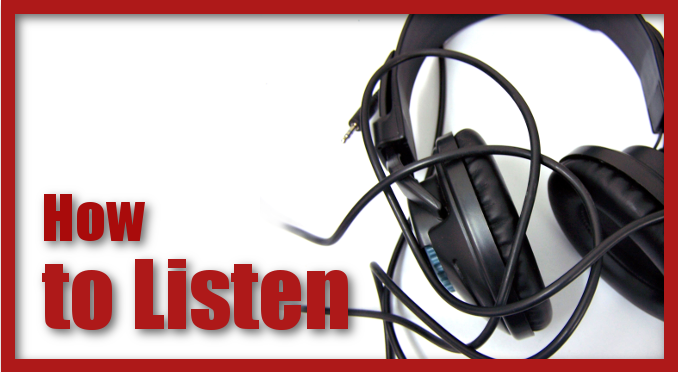

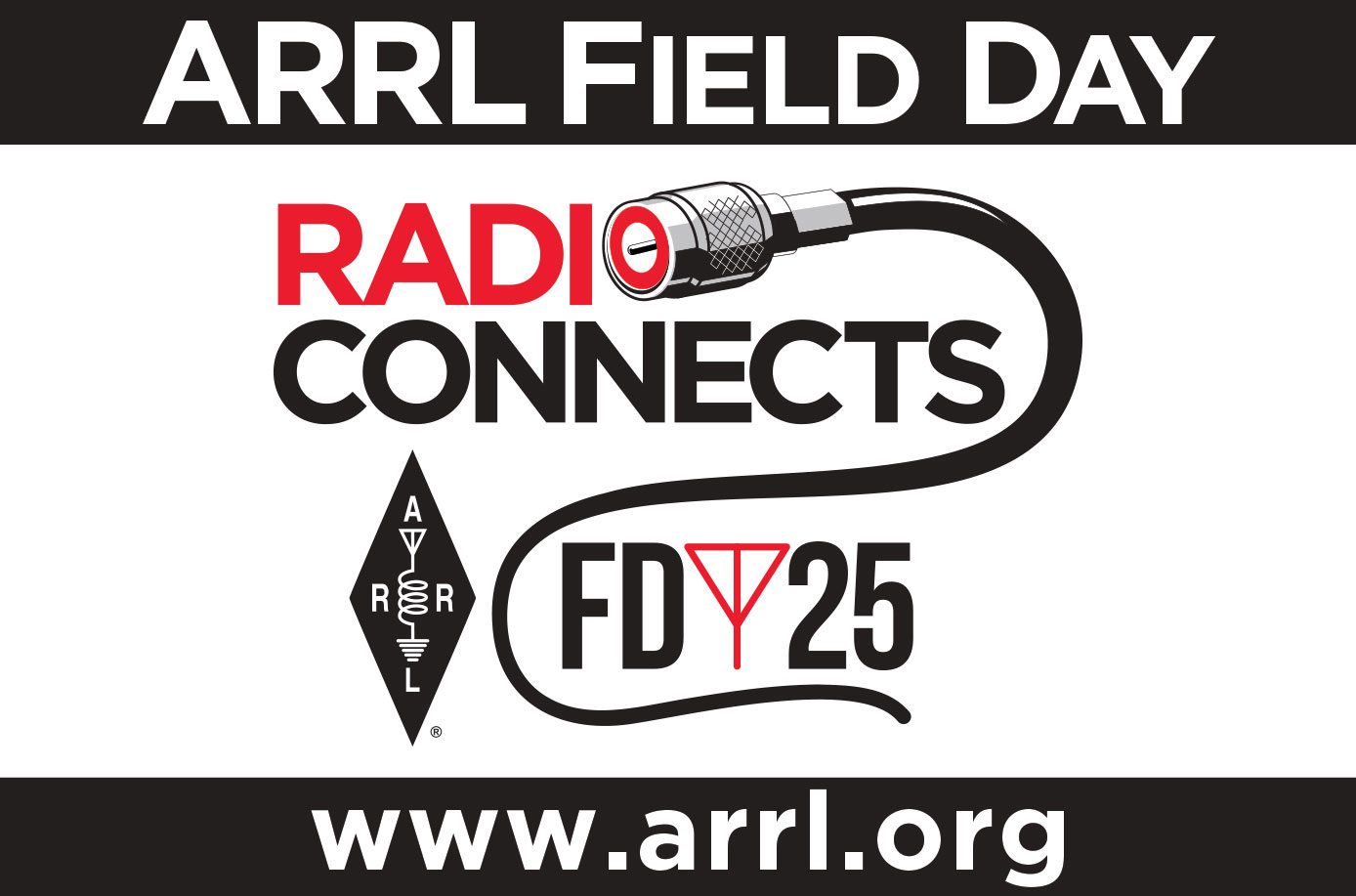

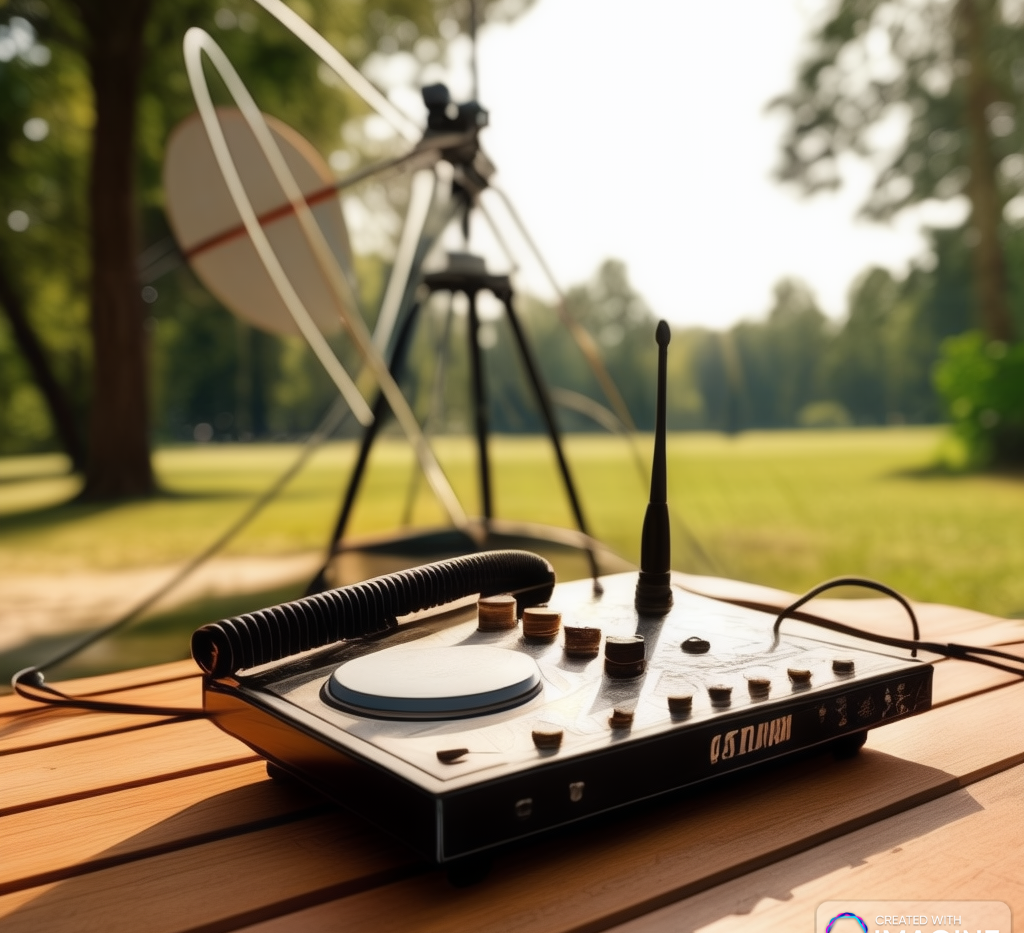

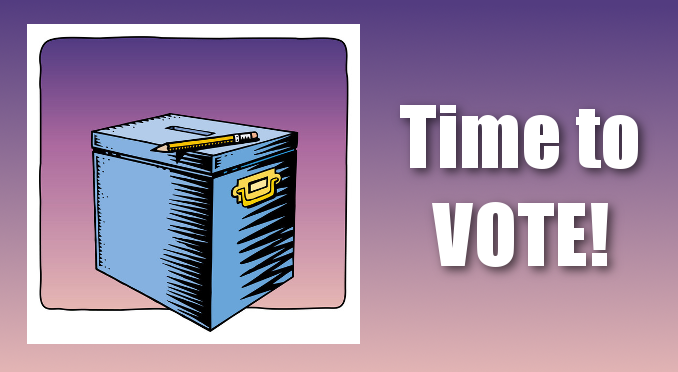
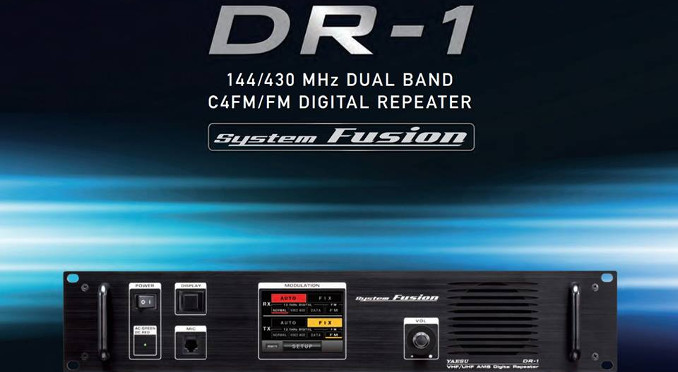

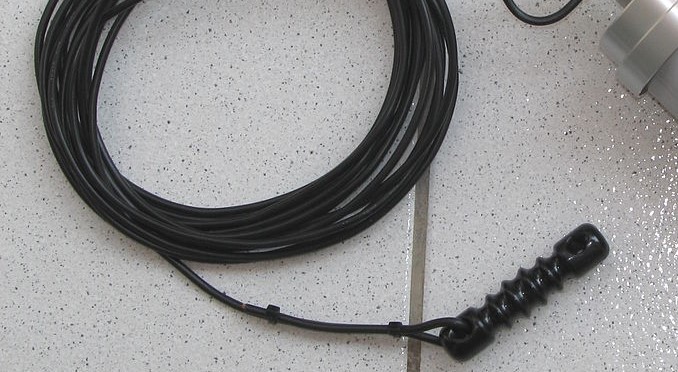
Got something to say?
You must be logged in to post a comment.